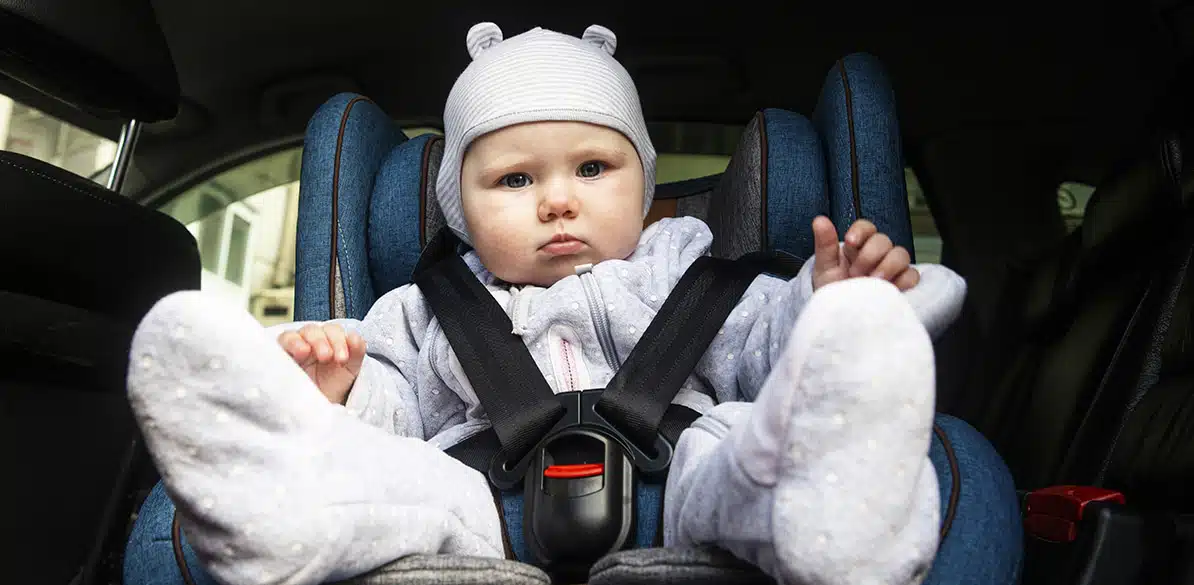Rotating child restraint systems
Recommendations on how to enjoy the benefits of rotating child restraint systems safely

Road Safety
The first rotating child restraint system on the market was developed about 10 years ago. The system solved two problems in terms of the usability of child restraint systems that had, until then, not been solved in a simple way: firstly, the change of configuration between “forward-facing” and “rear-facing”, and secondly, an intermediate position allowing the baby to be oriented facing the door, so that it could be put in the seat more easily.
What at first seemed to be a fad, and the technical solution of one particular brand, became a widely accepted innovation in the market, which led child restraint system manufacturers to start developing rotating systems. These days it is difficult to find a restraint system that allows the seat to be positioned in both directions of travel that does not also rotate.
However, as these systems have emerged, so have doubts about their resistance in the event of a collision. The truth is that manufacturing a rotating system is much more complicated than manufacturing a fixed one. This means that a higher quality product is required to ensure that the rotating system will function properly and will not break should there be a collision.
If you want a child restraint system with this versatility, it is best to choose a premium product, or one with proven quality in consumer testing.
You should also take into account a series of common sense recommendations to avoid situations that, unfortunately, and although it may seem unbelievable, are seen on our roads:
- Do not drive with the baby sitting in the sideways position. Cases have been reported where the child was eating in a transverse position while the vehicle was in motion. In the event of a collision, the risk of the baby being ejected is very high.
- Do not drive with the seat in the sideways position, even if you are traveling without the baby. If you take the baby out of the car with the device in the transverse position, you must always reposition it into either the forward- or rearward-facing position. There have been cases of collisions in the United States in which the child restraint shell has been ejected and has struck the occupants and the driver.
- Do not put your child in a forward-facing position before they are 15 months old. Firstly, because this is prohibited by law, but above all because it is not the safest thing for them. The baby should be kept in the rear-facing position for as long as possible. Statistics show that the forward-facing configuration tends to be used too early, increasing the risk of injury to the child.
- Move the front seat as far forward as possible to avoid contact between the baby’s head and the seat in front, both in rear-facing and forward-facing configurations.
If you follow these recommendations, you will be able to enjoy the benefits of rotating child restraints.
